The year was 1995. I was seven years old. My first geek-out fandom was Sonic the Hedgehog– I played the games, watched the TV show, and printed out reams of fan fiction.
My parents had mixed feelings about sending me to my room when I misbehaved because I spent my time-out reading. This is something they wanted me to do anyway, but it dulled the sting of the punishment.
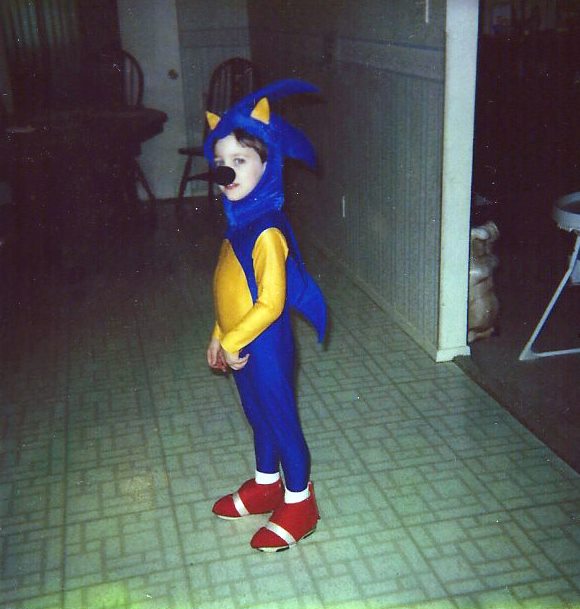
The first day I attended Kindergarten, or very near it, I’d been bullied. And that bullying did not stop. I came to the conclusion that hanging out with other kids only led to pain. Nerding out was my escape. Unable to find them in the classroom, I found my tribe online– via chatrooms and role play servers.
I finally had a social outlet, so I began creating. Sonic gave way to other fandoms– most notably the furry fandom. I did not have a vibrant social life at school, but online I could exchange ideas and stories with other people like me. Not only was I accepted, I felt celebrated.
The First Commission
For a long time, bullying continued. It wasn’t until the middle of high school that things clicked for me–when creating my fursona. Creating him made me feel value for him, and that translated into having value in myself. Once I valued myself, insults didn’t land. I could riff off of them, and then it wasn’t as fun to pick on me anymore.
I began to thrive. My creativity grew as well. I spent more time writing and role playing, and soon I had a deep internal connection with my fursona– he became quite core to my identity since I spent so much time playing him. In time, I was running my own server for role play, administrating it, learning to program as I worked on it, and building a community.
Then, in 2012, at 24 years of age, I had my first opportunity to attend a furry convention: Texas Furry Fiesta. I met an artist whose work I admired online and commissioned her, Dark Natasha.

I was elated. The high of seeing my character so beautifully rendered kept me walking on air the entire con! I decided I wanted to commission more art. I figured I’d get more after the con.
But commissioning art online was a brick wall. I slammed right into it the moment I got home. I was watching a bunch of artists online, but I barely tell when any of them were open, let alone what their prices were. It was a hassle, so I decided conventions were the only place I’d get commissions.
Building Myself
Meanwhile, living alone and working off bad habits I built when I was younger, my unhealthy eating was catching up to me. I’d gotten to be 288lbs, at 5 feet, nine inches tall. I never wanted to move much. Things aren’t designed for you when you’re that size anymore.
My grandfather died shortly after. It was one of the handful of times my whole family has gotten together in the last decade. My younger brother, Joe, had started working out, lifting weights. He challenged me to an arm wrestling match.
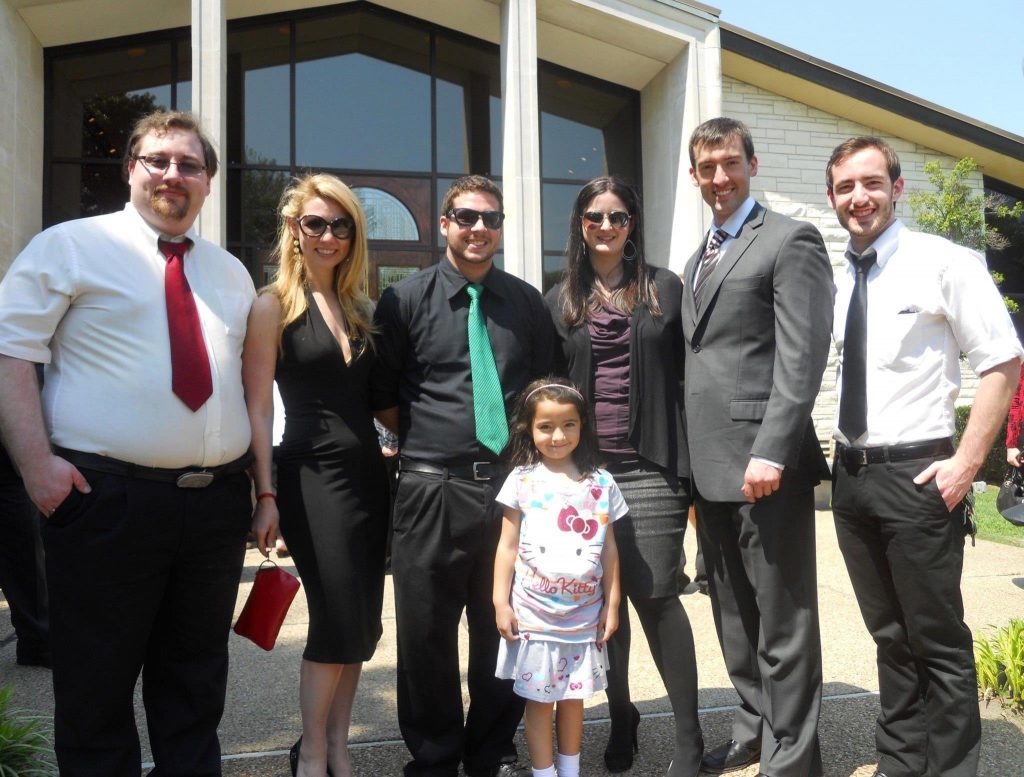
He was my little brother, so I was sure I could beat him. I did, but only just. That’s when it hit me– not when I was breaking chairs sitting in them, not when I wasn’t able to go on certain rides because I was too big, not when bending down for the shortest moment winded me. It was when my little brother, years younger, came within an inch of beating me at a game of strength.
Getting Better
Things had to change. I started looking up dieting and found keto, and started losing weight. I’d lost 40 or 50 pounds when I went to arm wrestle Joe again. Those who know about the differences between weight loss and strength training can guess what happened: He beat me.
At around 248 pounds, I was still pretty chunky. I showed up to the gym closest to me and went up to the counter. I bought a membership, and paid for a subscription for personal training services: 3 days a week. Joe was going down.
When you’re untrained and as overweight as I was, the normal rules of ‘can’t gain muscle and lose fat at the same time’ don’t apply. You can build some muscle out of the excess calories you’re burning since you’re toasting so many of them, and unprimed muscles grow very quickly in the ‘beginner gains’ phase.
After several months, I’d become lean and strong, and as I checked in at the counter, the guy behind it stopped me and said. “I gotta say, man. When you signed up, I never thought you were going to make it this far. I thought you’d quit within the first month.” Statistically, it would make sense. Most do. But I had a goal. And I was going to hit it.
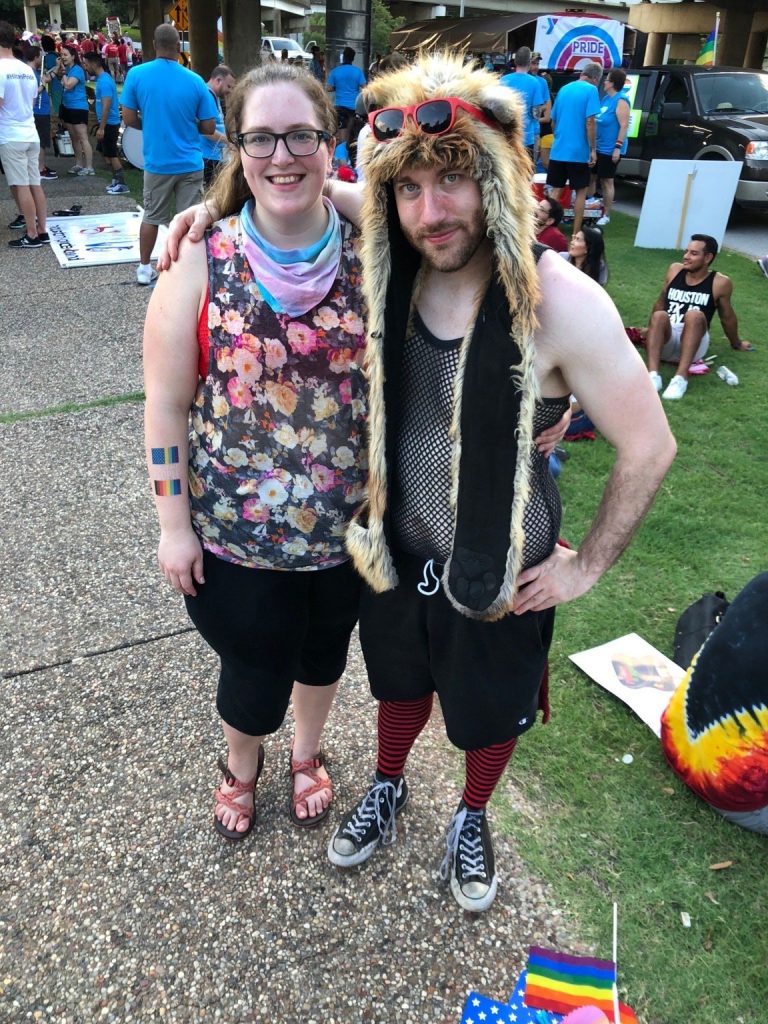
The time came. I met my brother for a rematch. We locked hands to begin the wrestling. I breathed deeply. He’d been training much longer than I had, and we were deadlocked. He was clearly struggling, and I was doing my best not to indicate how hard I was as well.
But after a moment, I ask him, “Did we start yet?” and he gives out, letting go and conceding victory. I’d done it. I’d found a way to master my body. And I’d changed in the process.
Growing In Skill
At the same time I was losing weight, I was beginning a skunkworks project. I mentioned earlier that I used to role play on ‘MUCK servers’. Let me tell you a little bit about them.
MUCK servers were (and are– they maintain an active community) a set of old, text-based multiplayer game servers. They came out around the same time as Internet Relay Chat. They started with MUDs (Multi User Dungeons) which were precursors to today’s MMORPGs, but all text.
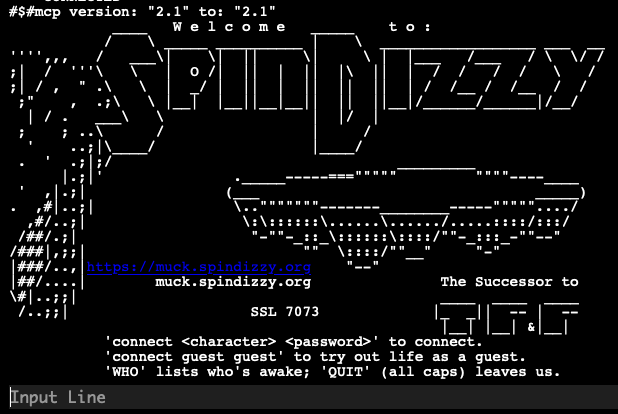
Someone had the bright idea to strip combat out of a MUD and add in public building so anyone could create their own little areas. Shortly after, there was the bright idea of adding some scripting languages to the system to give it custom functionality.
The result was called a ‘MUCK’, since you could ‘Muck around with the database’ (contrary to myth, MUCK doesn’t actually stand for anything).The earliest lines of this code were from back when Jimmy Carter was president. Accordingly, it had gotten quite obsolete. There is, as of yet, no effective replacement for the experience of a MUCK that captures the same niche.We set out to build one.
A Better Mousetrap
Codenamed ‘MuStar’, a joke on the fact that the various MUD and MUCK-like servers were referred to as ‘MU*’ collectively, we wanted to create a modern MUCK experience. We started in Python, because it was easy to build a prototype with while still able to support large projects.
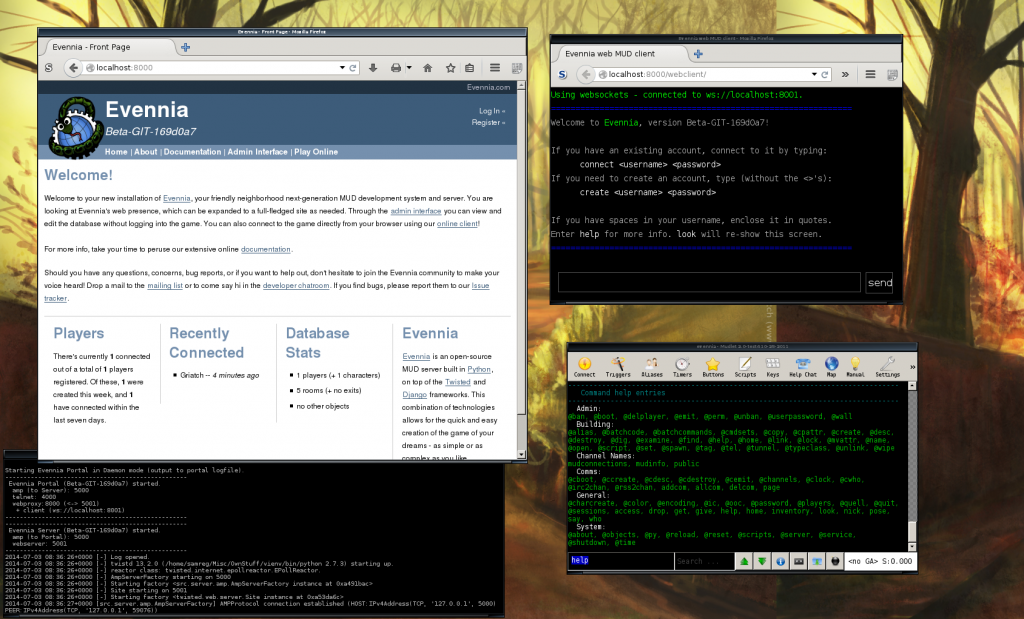
My programming experience up to that point was coding for MUCKs in a language called ‘MUF’ (Multi User Forth). Forth is an ancient programming language which resembles nothing modern. Python was cutting edge.
I really enjoyed programming in MUF– it was all I knew. And I believed if we were going to move the MUCK community to a new server, we’d need to support all the old code we had before.
So I began learning Python by writing a program that could read and run MUF programs. I was successful. It read them, it executed them, it could even multiple programs simultaneously!
Untapped Potential
I should pause here.
At this point, all of this code was my hobby. I wasn’t a professional programmer. I was learning from professionals as I worked on the project– getting feedback from them on my code. But I was teaching myself, and I did not understand that I’d accomplished something very significant.
See, writing a program that reads and executes other programs is not a trivial task. Most people who do it are people in computer science courses who are being guided by an instructor, or seasoned programmers that want to try their hand at something new.
I suppose I was technically the latter– I’d been writing MUF for a couple of years at this point, but having no professional background, and only having used a toy language for my hobbies, I didn’t understand the weight of what I accomplished. I figured any professional could probably do what I just did, and that maybe it was evidence I could go pro.
After a bit more practice, I started looking for a job as a software developer.
Going Pro
The year was 2013. I was I’d recently accepted a position working for a mail services app as their sole developer. I’d inherited a mess– code that would make any skilled developer cry. It wasn’t the best work environment. With some convincing, I got them to hire an assistant for me.
The assistant was able to complete some important code improvements that saved time for the company. But after some time I felt he wasn’t being treated fairly and decided to help him find a new job. In the process, I discovered that I was also being underpaid– about half what I could have been, and began looking for a new job. I soon found one.
2014. I was 26 years old and I’d joined a software consultancy consisting of only senior software developers, making open source education software. I felt out of place, having just a year or two of professional programming experience, but they liked my chops and took a chance on me. It was a trial by fire, learning more than I could have imagined in a very short amount of time.
Yet, after a while, I felt like I belonged. I was part of the team, given big responsibilities and important tasks. By my second year, I even gave a short talk on one of my projects at the edX conference, even though I didn’t have a degree of any sort.

Cutting my Teeth
During this time I learned a lot more about time management. The team was remote and international, and there were a lot of things to keep track of. I’d started keeping a calendar and a to-do list and making sure I didn’t forget anything.
I began to wonder if I could run my own software consultancy.
With some of the money I’d saved up, I tried opening a software dev house. But I found out pretty quickly that I didn’t know what I was doing– software itself was easy. Running a business was hard.
I got picked up by an existing company that wanted to be able to take open source contracts, and needed someone who knew Linux up and down to make it happen. They’d outsource the work to me, allowing me to hire and manage as needed, and I’d have plenty of room to grow. Things were looking good.
As things progressed, I found myself being less and less interested in running the business itself. Instead I ended up being more of a ‘department head’ for that company. And while I had a good trajectory, I began to feel empty.
It Wasn’t Enough
I was spending all of my time building other people’s dreams. I didn’t have one of my own. This was exhausting.
I needed a vacation.
A friend of mine from Scotland invited me to go hang out with him, and I decided to go. I got to see the beauty of Edinburgh, tried out Brazilian Jiu-Jitsu and went on my first pub crawl, where I finally gained an appreciation for beer. After a week of fun, I bid him adieu and took a train to visit some of my other online friends in the English countryside, getting dinner with them, talking, and playing video games.
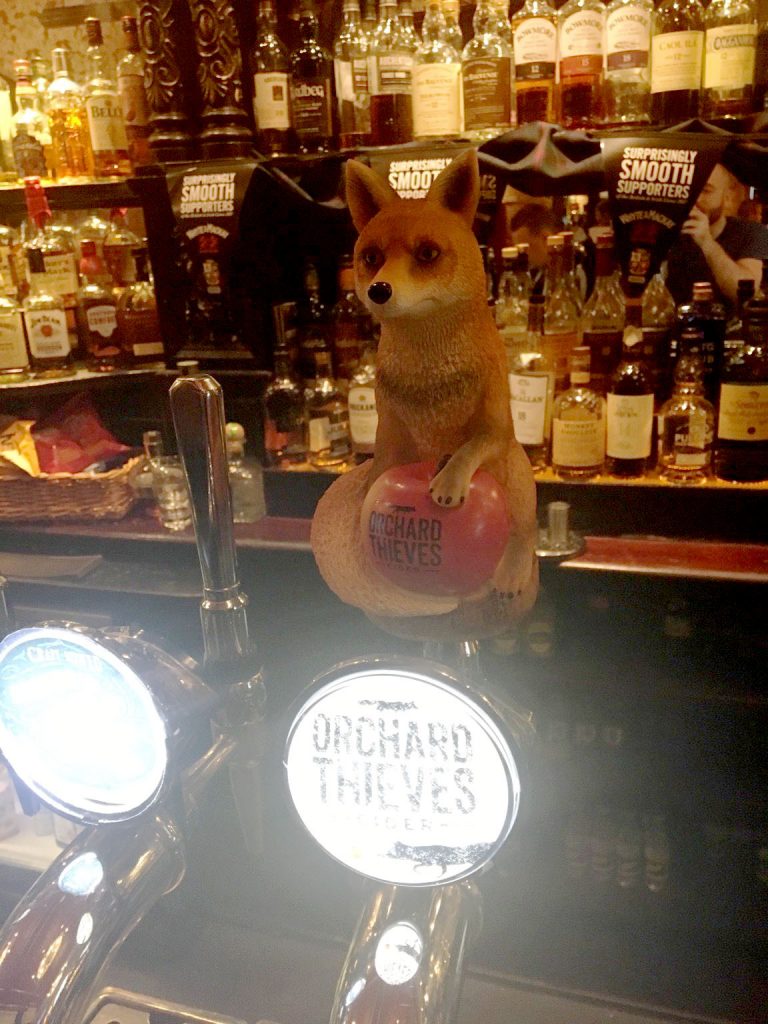
Finally, I got a hotel in Manchester and checked out the shops, enjoying a nice final adventure. I went back to my hotel room to relax. I pulled up my computer to check my messages, and that’s when I saw it.
A journal post. One like many others, but this time I had a clear, undistracted mind. The artist was negotiating price with their followers in the comments on a gallery site.
I rubbed my temples. This was painful. It was frustrating. It reminded me of why I only ever commissioned at at cons. “Someone should fix this,” I thought.
Wait.
I could fix this.
Everything up until this point had prepared me for it.
The Decision
When I got home, I began coding on a prototype. After a few months I realized that I was not going to get this project launched unless I devoted my whole self to it. So I made the call to close out all of my open contracts, saving every penny I could.
I knew it would take about a year. For Christmas I asked for meal replacement shakes. I cut out every expense I could and bought several items in bulk. Using what I learned about time management, I began a regimented, daily routine, working full time, to bring this dream to fruition. I planned out my meals, and my workouts, to make sure I was not deprived and keep myself mentally and physically healthy.

Working full time with no one telling me what to do was exciting, and terrifying. There was the chance I could lose everything. There was the chance I might not be able to complete it in time.
Twice, I had to start over, realizing I’d organized the project wrong. I was using new technologies, and that meant learning as I went. While I knew a lot about how websites worked– I’d done years of coding for them, there was still much to learn. Especially since I was inventing something that I knew, hadn’t been done before.
By September 15, 2018, I had done it. My family threw a launch party for me, my friends, and girlfriend (now wife!) came to celebrate with me. Artconomy was a reality. It had worked.

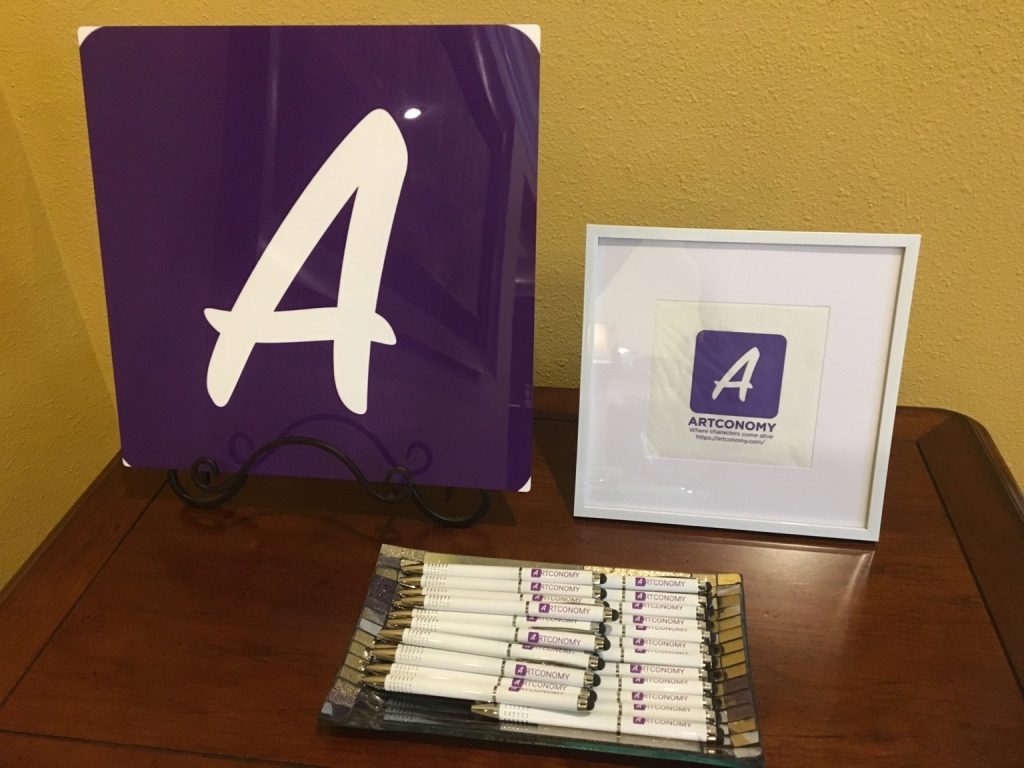
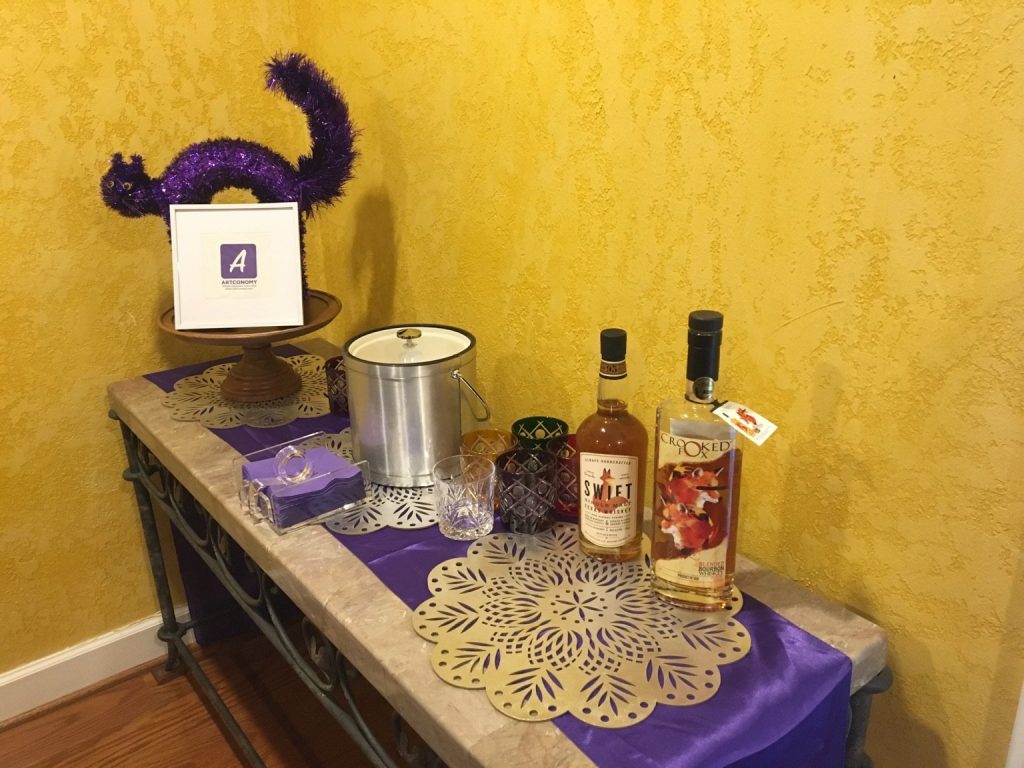
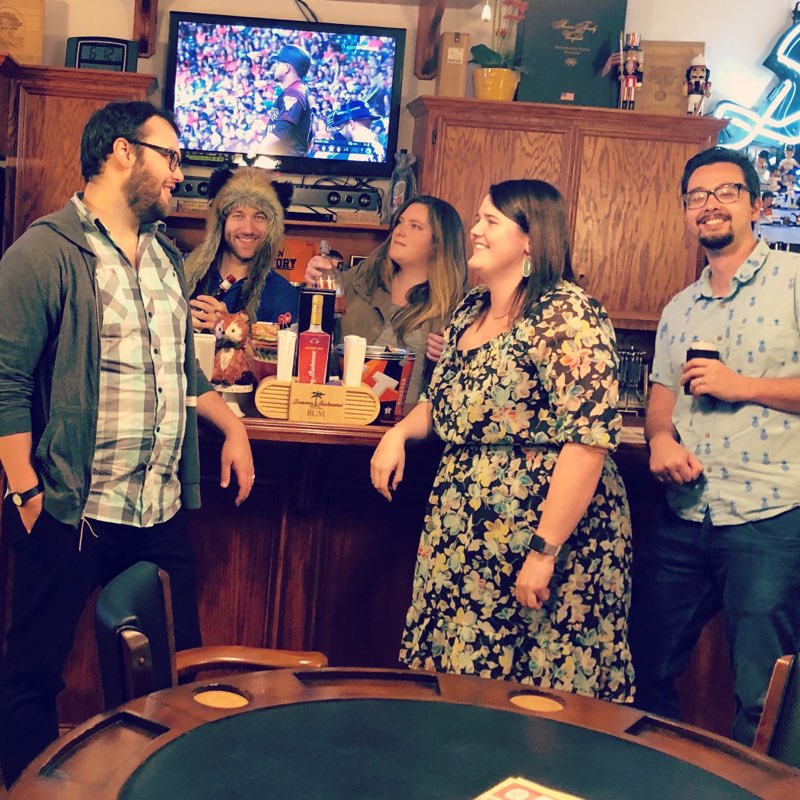

Until Next Time
This was the beginning of our journey, but there’s more to the story. Stay tuned for part II! In the meantime, you can glean some of the wisdom I picked up along the way.


